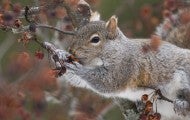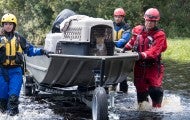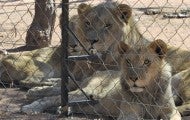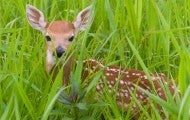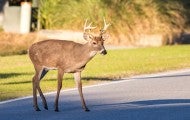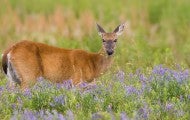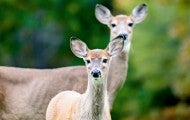Every day, more and more wildlife habitat is lost to the spread of development. Give a little back by building your own humane backyard! It doesn't matter whether you have a small apartment balcony, a townhouse with a sliver of ground, a suburban yard, a sprawling corporate property or a community...
Many people enjoy the booming sounds and flashing colors of fireworks, but they can be terrifying, overwhelming and hazardous for both wild and domestic animals. On the Fourth of July, many animals become so frightened by the noise and commotion of fireworks that they run from otherwise familiar...
It's common to see baby wild animals outside during spring as a new generation makes its way into the world. Sometimes you’ll even see these babies alone, with no parent in sight. For animal lovers, the instinct to help can be difficult to ignore. But unless the animal is truly orphaned or injured...
A raccoon in the chimney, a groundhog under the shed, a skunk under the back porch … when confronted with wildlife living up-close in their own homes or backyards, well-meaning but harried homeowners often resort to what they see as the most humane solution—live-trapping the animal and then setting...
